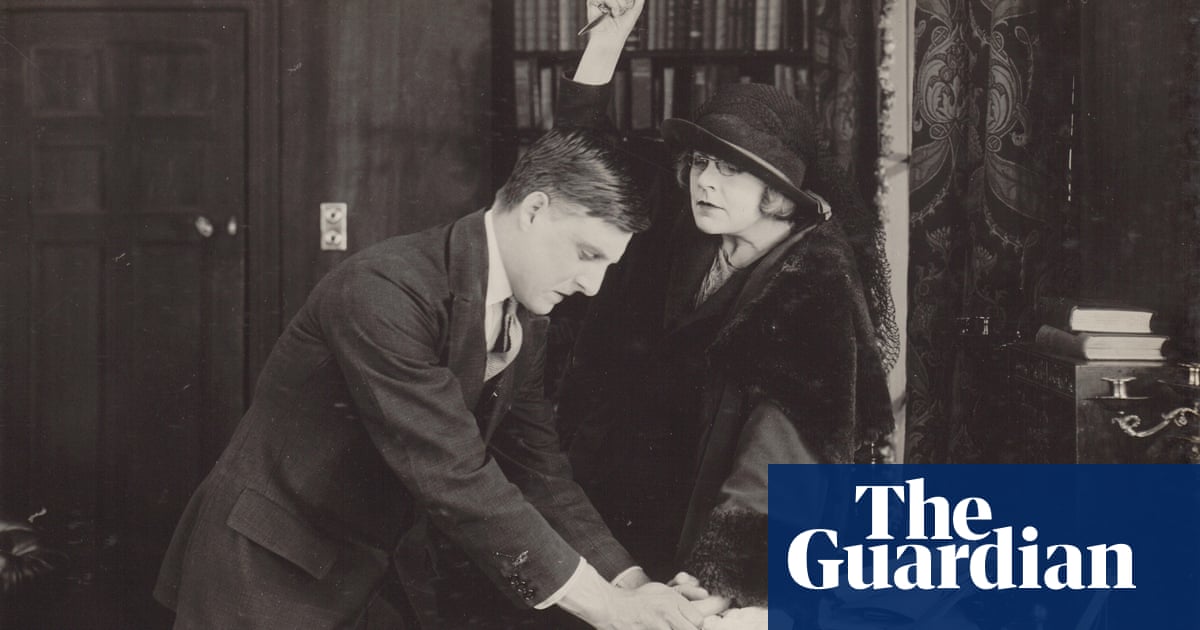- cross-posted to:
- [email protected]
- cross-posted to:
- [email protected]
cross-posted from: https://feddit.uk/post/16774894
A silent Sherlock Holmes film starring Arthur Conan Doyle’s favourite impersonator of the famous sleuth, Eille Norwood, is to be screened for the first time since its release in 1922, following its extensive restoration by the BFI national archive.
Titled The Golden Pince-Nez, it is a classic case of Holmes detection, based on a Conan Doyle short story that was first published in the Strand magazine in 1904.
It was among many screen adaptations in which Norwood portrayed the master detective who deduces the truth from the slightest of clues.
Conan Doyle said of him: “His wonderful impersonation of Holmes has amazed me. Norwood had that rare quality which can only be described as glamour, which compels you to watch an actor eagerly even when he is doing nothing. He has a quite unrivalled power of disguise.”
The restoration world premiere will be held on 16 October as part of the BFI London film festival.
…
The Golden Pince-Nez was among 45 episodes – each lasting up to 30 minutes – that Norwood made between 1921 and 1923, as well as two features.
Its premiere will be screened with two other restored episodes – A Scandal in Bohemia, in which Holmes uncharacteristically falls for a woman, and The Final Problem, in which Holmes meets his arch-enemy, Moriarty.
These are the first titles in the BFI’s “mammoth multi-year restoration project”, Dixon said, noting that Norwood’s films were well-received in their day by audiences who flocked to the cinema back then in their millions. “This was culturally more like us watching TV,” she said.
The BFI national archive boasts the world’s largest film and television holdings. It acquired the original negatives for the Holmes series in 1938, and in the early 1950s it duplicated the two-reel camera negative of The Golden Pince-Nez on to safety stock before the original decomposed.
“The quality is pretty much as good as it gets,” Dixon said of the restoration, adding that it was close to the way the original audiences saw it.


